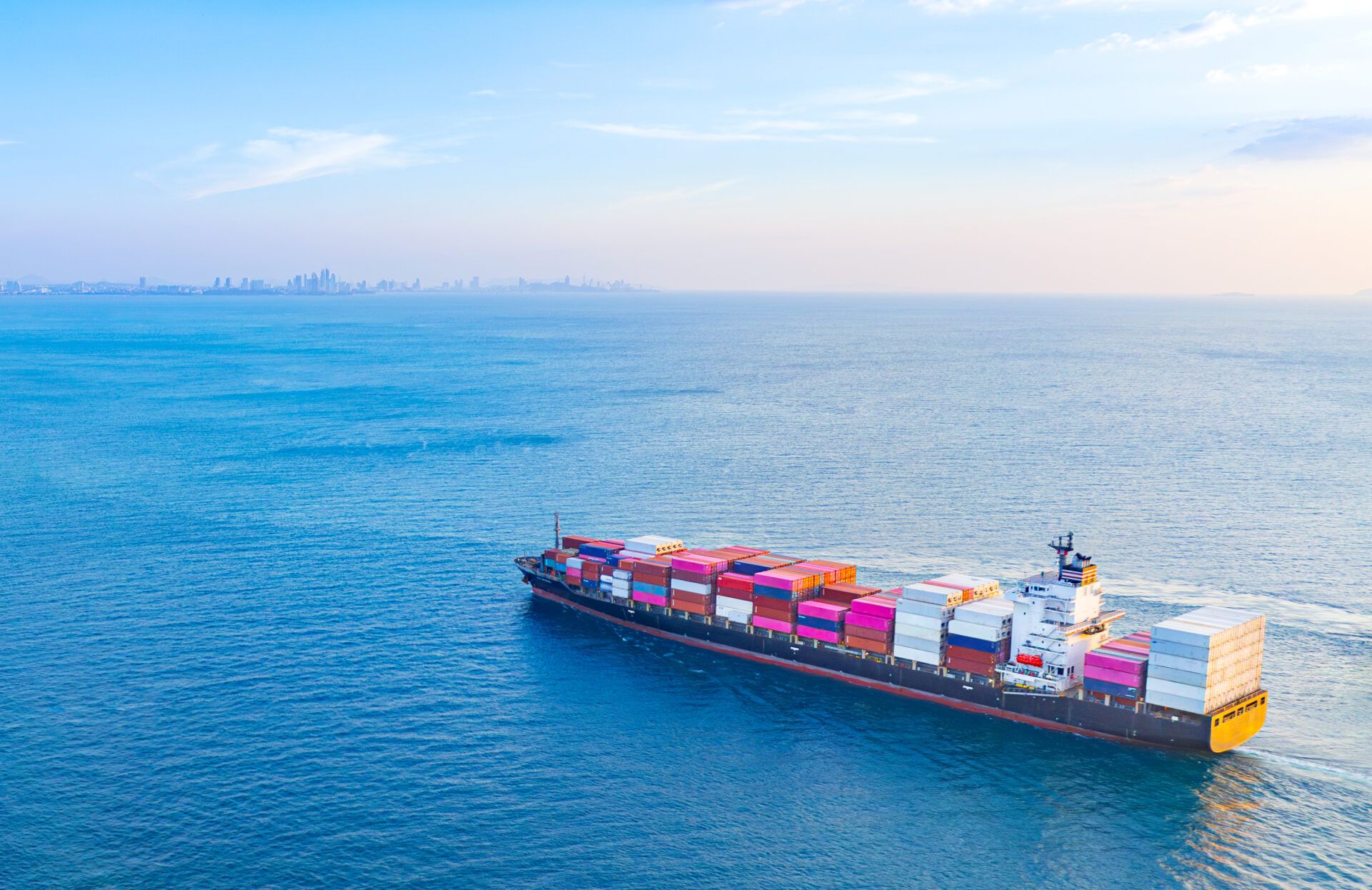Guide to Freight Forwarding Services – Sea Freight into Australian Capital City Ports
Last Updated: April 16th, 2025
Navigating Freight Forwarding: A Practical Guide
Setting up, managing, or renegotiating a freight forwarding arrangement can be complex and overwhelming. Drawing on over a decade of hands-on experience in both procurement and operations within this category, we’ve developed this practical guide to help.
This guide is designed to answer key questions such as:
- Who Are the Typical Freight Forwarding Suppliers?
- What Are the Most Common Commercial Models for Freight Forwarding Services?
- What Is the Ideal Term When Establishing a Freight Forwarding Contract?
- How Much Do Freight Forwarding Services Typically Cost?
- What Are the Typical Problems With Contracts for Freight Forwarding Services?
- What Are the Quickest Ways to Save Money on Freight Forwarding Contracts?
Intended Audience & Key Takeaways
This guide is crafted for business leaders and contract managers seeking to understand the structure, cost drivers, and key contractual considerations in sea freight forwarding to Australian capital city ports.
It is especially relevant for teams managing global supply chains, negotiating freight contracts, or aiming to optimise logistics spend.
5 Key Takeaways:
- Choose the right commercial model – Matching the freight volume and predictability to the correct contract structure can unlock savings and improve service stability.
- Named Account Contracts (NACs) are vital for high-volume shippers – These provide cost and capacity certainty but require accurate forecasting and active management.
- Freight forwarding costs go beyond base rates – Port charges, inland transport, and surcharges often make up a significant portion of total cost.
- Common contract pitfalls are avoidable – Clear SLAs, defined surcharges, and strong visibility tools can reduce risk and improve performance.
- Quick savings are available through better planning and market awareness – Benchmarking, invoice audits, and switching to full container loads (FCL) are low-effort, high-impact actions.
Who Are the Typical Freight Forwarding Suppliers?
Global freight forwarders dominate high-volume international lanes. Major players like DHL Global Forwarding, Kuehne + Nagel, DSV, and C.H. Robinson offer robust global networks and carrier relationships. These providers are ideal for large importers needing scale, consistent service, and integrated logistics.
Australian-based forwarders, such as Toll Group, Mainfreight, and Think Global Logistics, bring local expertise and stronger knowledge of domestic port operations and regulations. These are well-suited for medium-sized importers or those seeking tailored services and responsive support.
Partnering with the right type of forwarder often depends on shipment complexity, service level expectations, and the degree of end-to-end logistics integration required.
What Are the Most Common Commercial Models for Freight Forwarding Services?
There are five key commercial models:
- Spot Rates: Best for low or irregular volume. Flexible but subject to market price swings and higher admin effort.
- Annual Rate Agreements: Offer cost stability and preferred service levels with a fixed-rate structure for 12 months.
- Named Account Contracts (NACs): Designed for high-volume importers, providing fixed rates and guaranteed space on specific routes.
- Freight Management or 3PL Contracts: Ideal for businesses wanting full supply chain support, combining forwarding with warehousing and systems integration.
- Hybrid Models: Blend a core contract with spot pricing for overflow shipments, offering both predictability and flexibility.
Choosing the right model requires balancing volume predictability, capacity needs, and internal procurement capability.
What Is the Ideal Term When Establishing a Freight Forwarding Contract?
Short-term contracts (6–12 months) are useful for volatile markets or new supplier trials, offering the ability to adapt quickly.
Standard-term agreements (12–24 months) are the norm in Australia. They provide a balance between rate certainty and flexibility, and allow procurement teams to embed performance measures like KPIs and benchmarking clauses.
Long-term agreements (2–3+ years) are suited to strategic partnerships that include warehousing, customs clearance, or IT system integration. These contracts require careful risk mitigation via escalation clauses and structured rate reviews.
In all cases, contract terms should include transparent review cycles, flexible volume tiers, and clear exit clauses to adapt to changing conditions.
How Much Do Freight Forwarding Services Typically Cost?
Freight costs vary by container size and shipping lane. Typical rates to or from Australian ports are:
- 20ft container: AUD 2,000 – 4,500
- 40ft container: AUD 3,000 – 6,500
- LCL (less than container load): AUD 80 – 150 per CBM
Additional fees add significantly to the base freight rate. These include documentation, customs clearance, port and delivery charges, and variable surcharges like congestion and fuel fees. Port-specific charges such as terminal handling and quarantine inspections also contribute substantially to the total cost.
Procurement professionals should seek all-inclusive quotes with line-item breakdowns to enable accurate cost comparisons and audits.
The Freightos Baltic Index (FBX) is a commonly used global container index.
The Freightos Air Index (FAX) provides all-in spot rates across multiple weight breaks, spanning over a dozen trade lanes.
What Are the Typical Problems With Contracts for Freight Forwarding Services?
Contracts often suffer from hidden surcharges, such as fluctuating terminal or fuel fees, which are either poorly defined or uncapped. This exposes importers to unexpected cost spikes.
Service Level Agreements (SLAs) are frequently vague, leading to delays, lack of accountability, and disputes. Defining specific performance metrics is crucial.
Another issue is limited shipment visibility, especially if the forwarder lacks real-time tracking tools. This hampers proactive logistics management and customer service.
Other common problems include rigid pricing models, unclear liability for container damage, and fragmented service delivery when using multiple providers. These issues increase total cost of ownership and complicate accountability.
Clear roles, defined KPIs, and contract clauses covering risk, liability, and responsiveness are essential to mitigate these risks.
What Are the Quickest Ways to Save Money on Freight Forwarding Contracts?
- Benchmark regularly: Use online platforms or brokers to compare rates and trigger renegotiations if market prices drop.
- Audit your invoices: Look for non-contracted surcharges or duplicate charges. This can yield immediate savings.
- Switch from LCL to FCL: Consolidating loads across departments to full container loads can reduce per-unit costs.
Other quick wins include optimising last-mile delivery, reducing storage and demurrage through better planning, and conducting reverse auctions to foster competitive bidding. Bundling services under a single provider can also streamline operations and reduce markups.
Our Freight Forwarding Specialist:
 Neil Shackel
Neil Shackel
Neil has managed international freight operations moving 10,000 containers a year across four origins and five destinations. He’s modelled, costed, and tendered complex global supply chains—bringing sharp commercial insight and hands-on logistics know-how to every project.
Related Case Studies

Modelling Unlocks Best Supply Chain for New Asia Facility
Using dynamic modelling and real-world tendering, Knauf Insulation designed a low-cost, resilient supply chain from Malaysia across Asia-Pacific.
How we can help:
We have been helping organisations with the Freight Forwarding contracts for the past 10 years – building up a wealth of experience and industry knowledge.
We have created a number of services to help you with your specific challenge and with the level of involvement you desire.